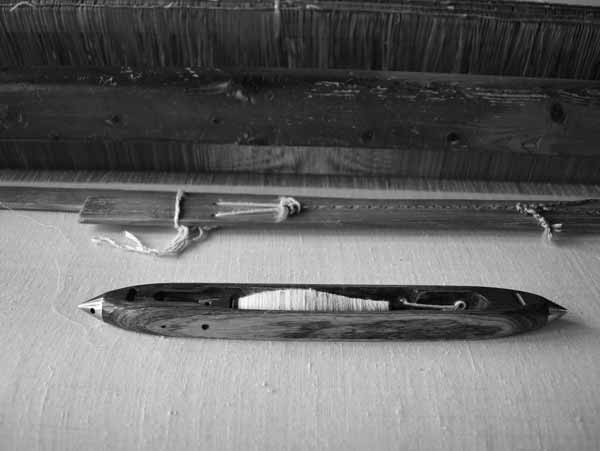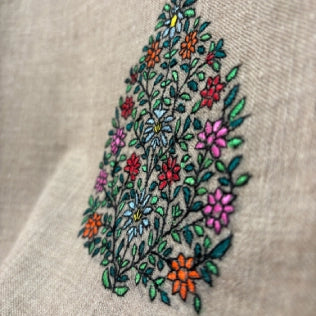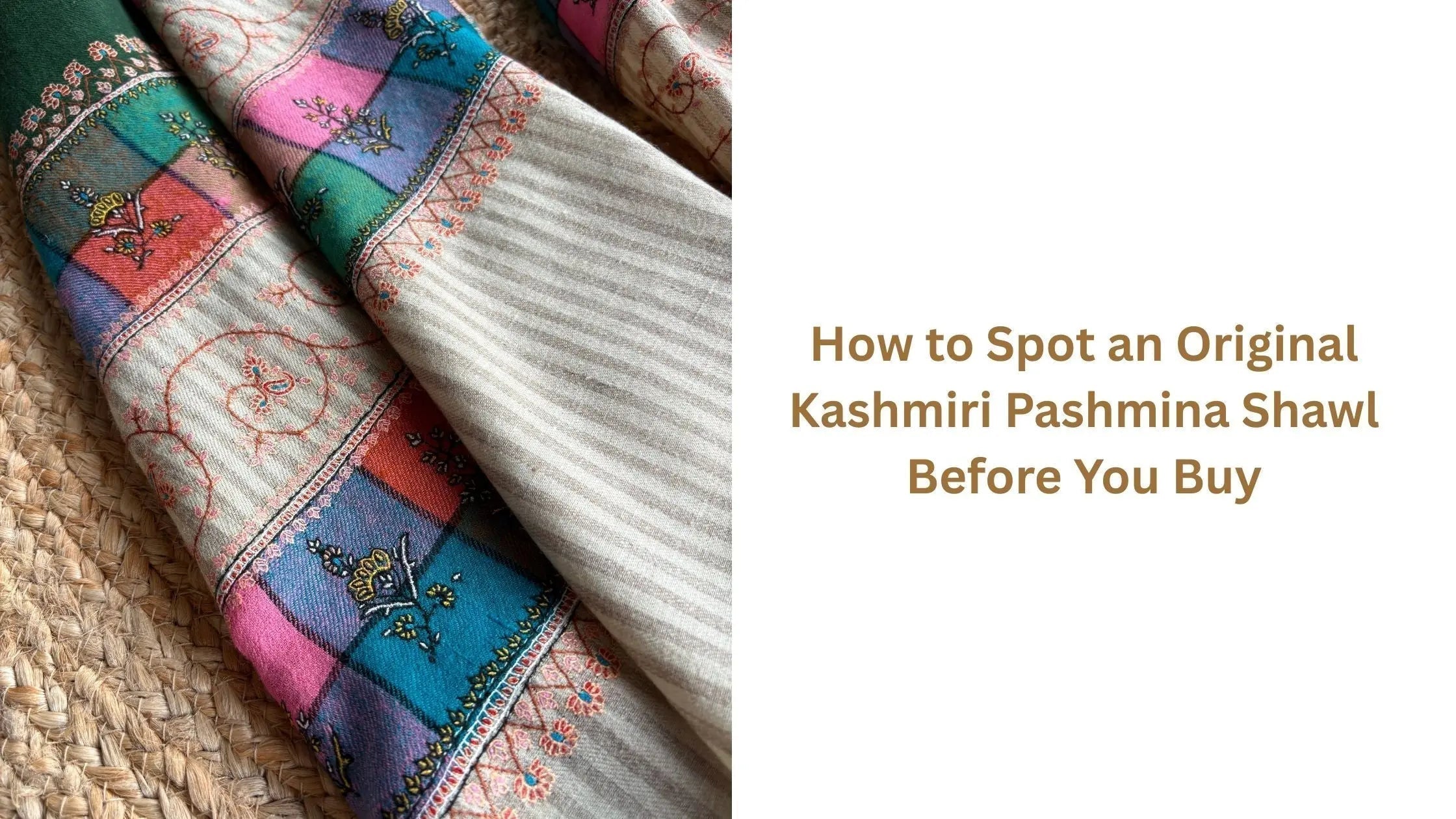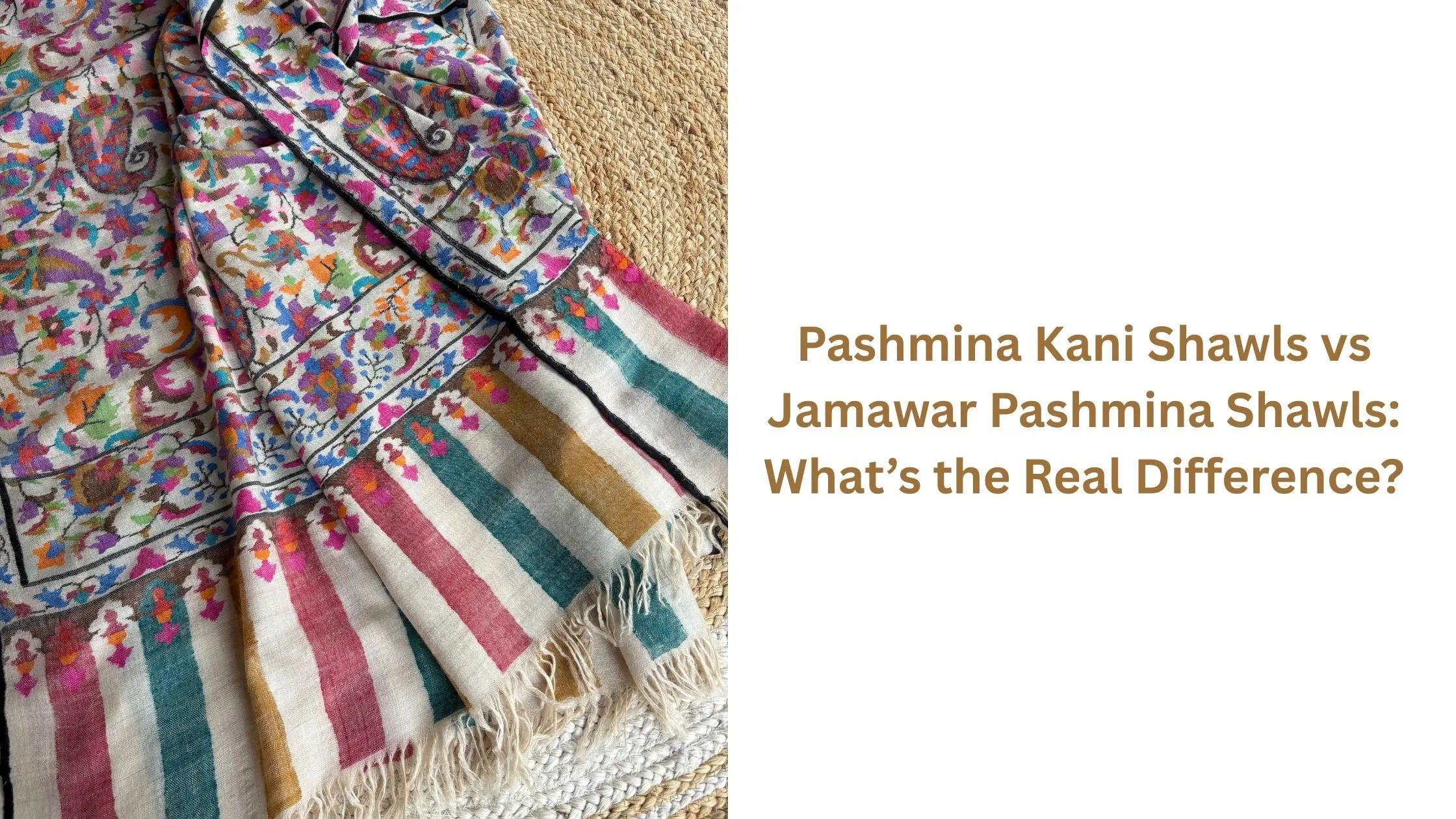
Why Handmade Cashmere Scarves Still Matter in a Fast Fashion World
In a world where trends change overnight, the quiet charm of a handwoven cashmere wrap scarf for women still holds its ground. With mass production and synthetic materials taking over wardrobes, handmade scarves bring something special time, care, and real craftsmanship. Whether it’s a soft designer cashmere scarf or a classic Kashmiri weave, these pieces speak of history, not just fashion. And while many wonder what is a pashmina scarf or how it compares to machine-made alternatives, the truth lies in the details. Handmade options aren’t just warmer or softer they carry a story.
What Makes Handmade Cashmere Scarves So Special?
Unlike factory-made scarves, handmade ones are crafted by skilled artisans, often using traditional methods passed down through generations.
-
Time and skill go into each piece
A single scarf can take days or even weeks to finish by hand. -
Natural fiber and warmth
Real cashmere scarf options are warmer, lighter, and more breathable than synthetic blends. -
Each scarf is one-of-a-kind
No two pieces are ever completely alike, making each feel personal. -
Supports artisan communities
Buying handmade helps keep long-standing craft traditions alive.
Why Fast Fashion Falls Short
Fast fashion is designed to sell quickly, not to last. Most scarves found in large retail stores are made in bulk, often with cheaper materials.
-
Synthetic materials feel rough
These scarves can look good in photos but feel stiff or itchy in person. -
No meaning behind the product
A fast fashion pashmina scarf might copy the look, but not the value or comfort. -
Short-term use
Most fast fashion items last only a season or two before wearing out. -
Environmental impact
Cheap production means more waste, dyes, and water usage.
The Value of a Real Kashmiri Scarf
Kashmir has long been known for its soft, luxurious pashmina and cashmere scarf traditions. Scarves made in this region come from local goat wool and are spun and woven by hand.
-
Authentic kashmiri scarf is lightweight and warm
It’s soft enough for daily wear and elegant enough for special events. -
Worn across generations
These scarves are often passed down as family heirlooms. -
Resists trends
A handmade kashmiri scarf for women never goes out of style. -
Comes with heritage
These pieces tell stories of the Himalayas, of shepherds, and looms—not just factories.
What You’re Really Paying For
Handmade doesn’t just mean more expensive. It means you're paying for someone’s time, effort, and skill.
-
More cost upfront, more value later
One cashmere pashmina scarf can last over 10 years with the right care. -
Designed to be worn again and again
They’re perfect for cold offices, travel, weddings, and winter walks. -
A responsible choice
You're supporting craftspeople, not just companies. -
Looks better with age
Unlike synthetic scarves, real cashmere softens over time.
How to Tell If a Scarf Is Handmade
With so many knockoffs, it's important to know what to look for before buying.
-
Feel the texture
A real handmade cashmere scarf is soft, not shiny or scratchy. -
Look at the weave
Handwoven pieces have slight irregularities—that’s a good thing. -
Ask where it’s made
Kashmir is known for authentic production. -
Beware of “too cheap” prices
A real scarf made from pashmina or cashmere will never be bargain-bin cheap.
Why Women Still Choose Cashmere
Despite fast trends, many women prefer a simple cashmere scarf for its look and feel.
-
Easy to wear
Wraps effortlessly around the neck or shoulders. -
Goes with everything
From jeans to gowns, it suits all outfits. -
Feels good all day
Breathable and light—even indoors. -
Looks classy, not flashy
Always in style, without shouting for attention.
FAQs
1. What is a Pashmina scarf?
A Pashmina scarf is made from fine wool gathered from Himalayan goats. It's known for being soft, warm, and lightweight.
2. How is a cashmere scarf different from Pashmina?
In India, it’s known as Pashmina, while in the West, it’s commonly referred to as Cashmere named after the region of Kashmir where it originated.
3. Is a handmade cashmere scarf better than machine-made?
Yes. Handmade scarves usually use better wool and offer unique, long-lasting quality.
4. Are cashmere scarves worth the price?
Yes. Though they cost more upfront, they last longer and feel better over time.
5. Can I wear a cashmere scarf in warmer months?
Yes. Cashmere breathes well and can be worn year-round.
6. How can I care for a cashmere or Pashmina scarf?
Hand wash gently with cold water and dry flat. Avoid wringing or hanging.
7. Where do the best cashmere scarves come from?
Kashmir is the original source of the art of handmade scarves, known for producing top-quality pieces with unmatched craftsmanship.
Conclusion
In a time when everything seems rushed, a handmade cashmere scarf offers something different. It’s not just about warmth or looks it’s about making a thoughtful choice. One that supports skill, values time, and brings long-term joy.
If you’re looking for something made with care whether a designer cashmere scarf or a cashmere wrap scarf—brands like Shahkaar still work with traditional artisans to keep these crafts alive in the modern world.





Leave a comment
This site is protected by hCaptcha and the hCaptcha Privacy Policy and Terms of Service apply.